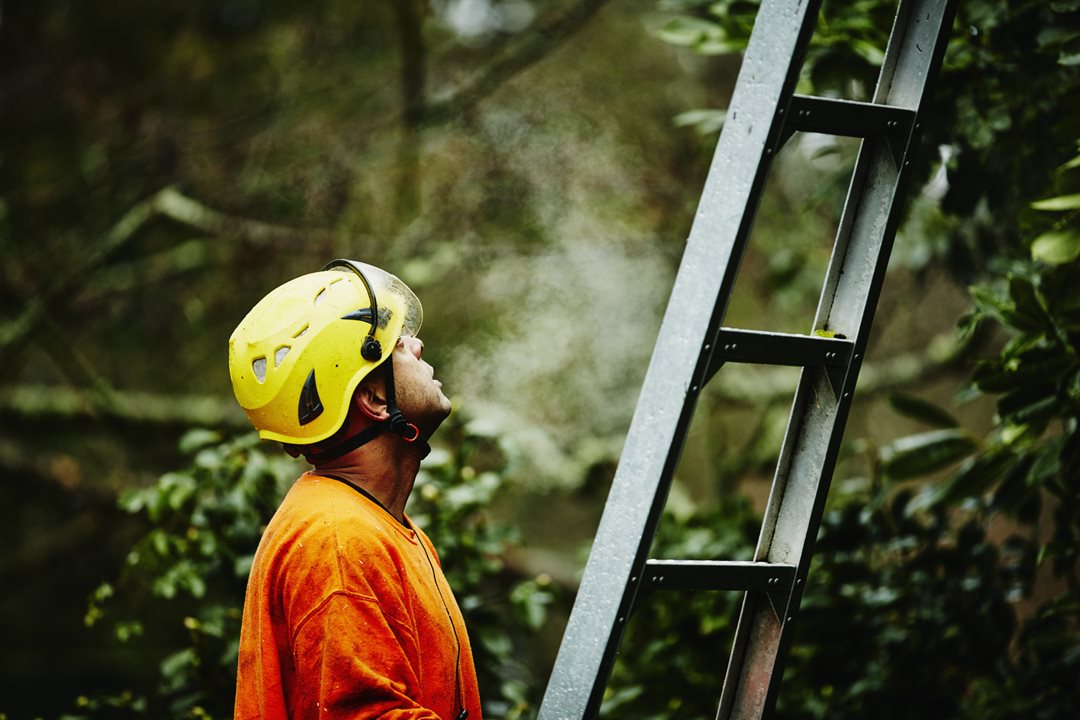Tree maintenance to prevent home damage | PEMCO
 Living in the Pacific Northwest, we know how majestic—and how dangerous—the trees around us can be. While they offer lots of benefits like beauty, privacy, and shade, they also can wreak havoc on homes and neighborhoods when they are not maintained and storms blow through.
Living in the Pacific Northwest, we know how majestic—and how dangerous—the trees around us can be. While they offer lots of benefits like beauty, privacy, and shade, they also can wreak havoc on homes and neighborhoods when they are not maintained and storms blow through.
Taking care of the trees around your property isn't just a task—it's a way to prevent potential hazards like falling branches or root damage that could cause costly damage to your home. By being proactive, we can make our property safer and protect the people and things that matter most to us.
Acts of nature are beyond anyone's control. However, strong, healthy trees often can withstand forces that bring down their weaker counterparts.
Here are top tips for tree and root maintenance:
Here are seven tips to help keep your trees healthy and upright:
- Choose the right tree for the location. When planting a new tree, make sure you understand its growth habits and its full mature height, in addition to soil, water, and light needs before you plant. Avoid species that will grow tall enough to cause serious damage if they fall, lose branches, or fill gutters with leaves or needles. Also, avoid species known for invasive roots that can damage septic and drainage systems, requiring expensive excavation and replacement.
- Plant wisely. Trees can struggle from the start if they're planted deeper than their root ball. Make sure you can see the top of the tree's "root flare" when you're finished to ensure roots grow out instead of up, resulting in a more stable tree. While young trees often require staking at first, long-term staking can have the opposite effect – creating a tree that relies too much on the stake for stability and quickly grows tall rather than developing a sturdy trunk. Remember: Always call 811 before you dig to locate underground utilities.
- Replace what you take away. In the forest, the soil naturally renews itself as fallen leaves break down and provide nutrients for plants. In yards, however, we rake up natural debris, requiring us to replenish the soil with fertilizer. Check with your nursery to learn the best type of fertilizer for each species of tree. Also, at least until they're well established, make sure trees are getting adequate water, since many yards are sloped to encourage rainwater runoff.
- Stay off the critical root zone. A tree's roots are most vulnerable from its trunk to the edge of its branch drip line. Avoid compacting the soil and cover that area with protective, non-flammable mulch to hold water. It will also provide a buffer to keep lawn mowers and weed whackers from scuffing the bark of the tree.
- Tree pruning. Prune to maintain a healthy structure, remove sucker shoots and crossed or damaged branches. Limb-up and space branches so they don't provide a brush-to-branch, tree-to-tree, or tree-to-house pathway for wildfire. If you doubt your pruning know-how, hire a professional pruner every couple of years to keep your trees in shape.
- Don't ignore signs of insects, disease, or weakness. Wood shavings or borings near the base of a tree are signs that insects have invaded and are likely damaging it. Large numbers of yellowing needles or dead branches are another sign your tree is in trouble. While homeowners aren't to blame for healthy trees that fall in a windstorm, they could be held responsible if they knew or should have known there was a problem with their tree.
- Hire a professional. When in doubt, hire a professional arborist to check out your established trees. The best time to hire an arborist is during the late fall to early spring, when trees are dormant. During this period, trees are less susceptible to diseases and pests, and the arborist can easily assess the tree's structure without the obstruction of leaves.
By being proactive with tree maintenance, you can prevent potential hazards and ensure a safer environment for everyone (your wallet will thank you, too).
At PEMCO, we're here to support you every step of the way. If, despite your best efforts, your tree still falls victim to a windstorm and damages your home, fence, or other structure, you don’t have to figure it out alone. You can reach us at 1-800-GO-PEMCO (1-800-467-3626) or contact your local PEMCO agent.
Share on social media